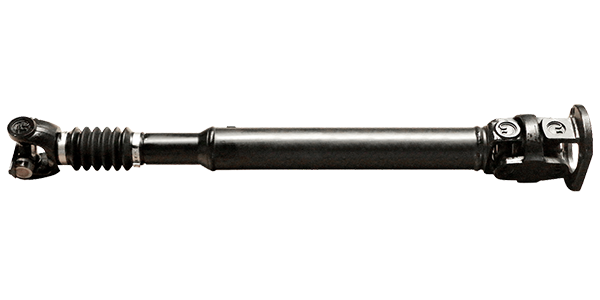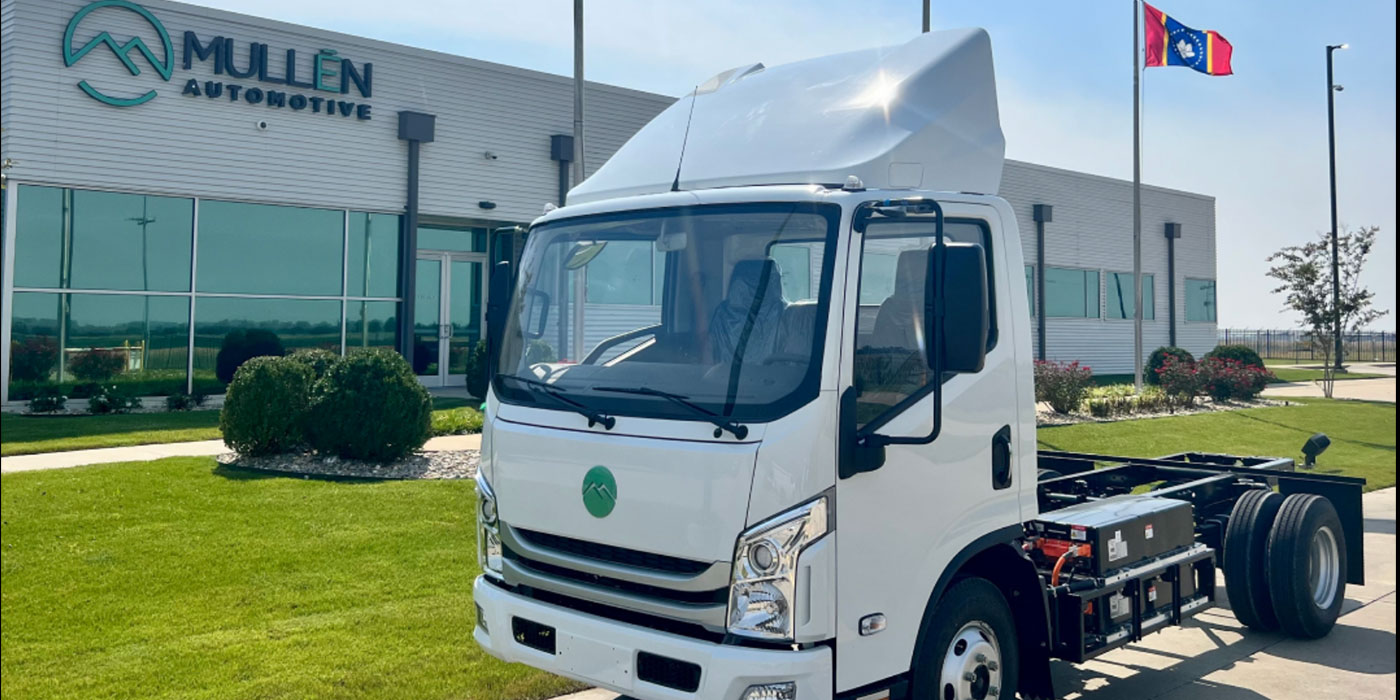Federal-Mogul Corp.’s Powertrain Segment is extending its range of CrushShield systems protection products after experiencing high levels of demand for the technology since its launch in 2011, the company says.
First developed to help provide protection of high-voltage cables in hybrid and electric vehicles in the event of a crash, the lightweight and flexible material reduces mass and simplifies the assembly of wiring harnesses, and is now being chosen by customers for other important vehicle power, safety and communications systems that require enhanced protection, irrespective of the type of propulsion system, according to Federal-Mogul.
CrushShield helps protect occupants after a significant crash by preventing the wiring or tubing from critical systems from being cut. CrushShield also can help keep the high-voltage electrical system in EVs and HEVs isolated from the rest of the vehicle, helping automakers attain FMVSS 305 compliance.
Vehicle manufacturers are increasingly using electric or electro-hydraulic systems in all types of vehicles. Federal-Mogul’s CrushShield is a lightweight, easy to install solution to help protect electric power systems, such as electrical oil pump wire harnesses, power steering motor cables and emergency communications system wiring. The material offers abrasion benefits and ease of assembly found on other Federal-Mogul systems protection products, but with the added benefit of crash protection. To date, the company has secured contracts with five global vehicle manufacturers who are utilizing CrushShield for various applications within the vehicle.
"The demand for CrushShield is stronger than we originally forecasted," said Philip Marks, director of Systems Protection global technology and product development, Federal-Mogul Powertrain. "The need for hybrids and EVs to comply with U.S. safety regulation FMVSS 305 led Federal-Mogul to develop the technology, but CrushShield’s ability to support mass and assembly cost reductions is driving its adoption for other applications. CrushShield makes the wiring harness assembly lighter and more economical to ship and easier to install in the final assembly when compared with other systems protection solutions."
CrushShield uses a dual-layer textile construction to absorb energy and disperse crash force over a greater area, while remaining flexible. Initially launched as a 10mm diameter orange cover for high-voltage electric cables, the material is now available in diameters ranging from 7mm to 25mm to better support customer applications.
"After a crash, FMVSS 305 requires the voltage in an EV or hybrid’s high-voltage unit to drop to 60V or less within five seconds," said Marks. "Manufacturers need to ensure that all cables remain electrically isolated from the vehicle’s structure and are not compromised in the event of an accident. The use of CrushShield protects voltage from leaking out of a wire jacket in the event the wiring harness is damaged. As an additional benefit, it also makes it possible to route wiring in new ways, while improving weight and cost."
Federal-Mogul is also supplying CrushShield in black for low-voltage applications, with testing underway to validate the material as tube protection for applications such as thermoplastic fuel lines.
For more information, visit www.federalmogul.com.











